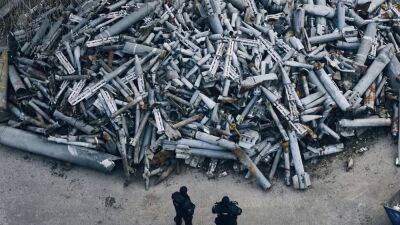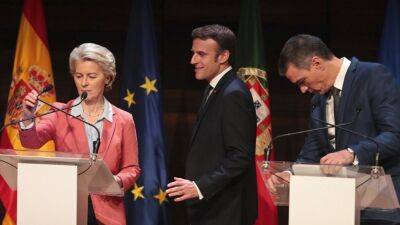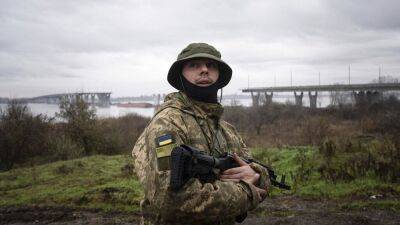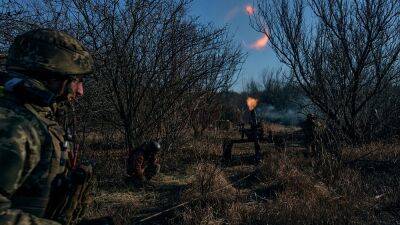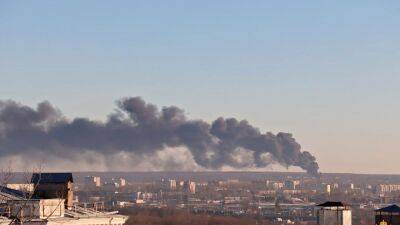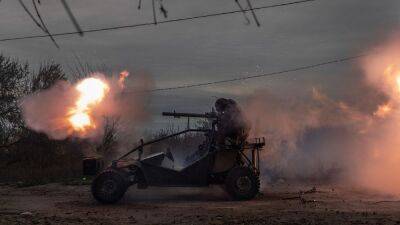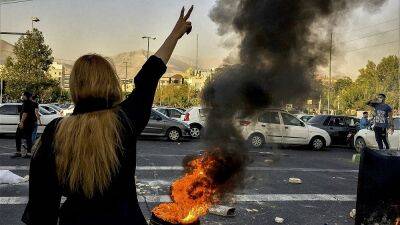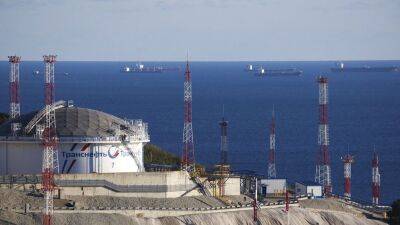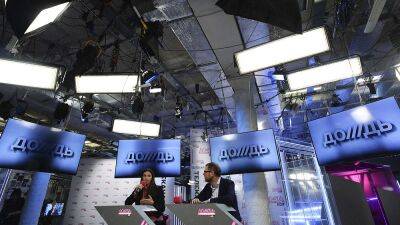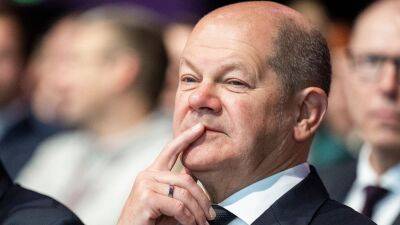Price cap on Russian oil comes into force despite Moscow's threats
The European Union and G7 price cap of $60 a barrel for Russian oil came into effect on Monday, as the West tries to weaken Moscow's ability to continue funding the war in Ukraine while protecting the global economy from a sudden rise in energy prices.
The price cap was agreed upon on Friday by G7 nations, EU countries and Australia after Poland -- who was holding out against the measure -- finally gave it the green light. According to the agreement, Russian oil is allowed to be shipped to third-party countries using G7 and EU tankers, insurance companies and credit institutions, only if the cargo is bought at or below the $60 per barrel cap.
Before the invasion of Ukraine, Russian oil was typically sold for between $55 and $65 a barrel.
The rather conservative cap of $60 a barrel pushed for by the EU and the US has raised criticism from Ukraine, with President Volodymyr Zelenskyy saying that the measure will do little to deter Russia from waging war in Ukraine.
"You wouldn't call it a serious decision to set such a limit for Russian prices, which is quite comfortable for the budget of a terrorist state," he said.
In a message posted on Telegram, the head of Zelenskyy's office, Andriy Yermak, called for the cap to be lowered to $30 a barrel "in order to destroy the enemy’s economy faster".
The level of the cap is to be reviewed by the EU and the G7 countries every two months.
On Saturday, Kremlin spokesman Dmitry Peskov said that Russia still had to analyse the new measure but it would certainly reject the price cap. In a tweet published on the same day, Russia's permanent representative to international organisations in Vienna Mikhail Ulyanov said that Russia might stop supplying the nations that endorsed the cap.
“From this
Read more on euronews.com
